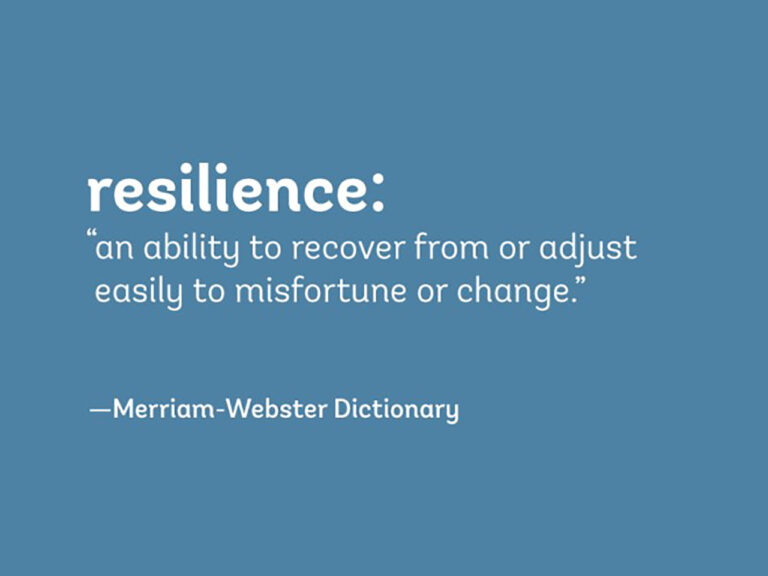Spreadsheets are still widely used in supply chain planning and many planners rely solely on Excel. With so much to gain in terms of business performance and competitiveness, why is it so hard for companies to leave their spreadsheets behind and make the switch to a modern planning solution?
In this post, I take a look at the main reasons companies still use spreadsheets, why spreadsheet planning is likely to be holding your business back, and why there’s no need to worry about ditching them…as long as a few key criteria are met.
Why are spreadsheets used for planning?
The main reason many companies use spreadsheets for supply chain planning is that their planning started with, and has always been done in Excel.
Moreover, none of their existing business systems provide the intelligence and support needed for planners to do their job. The planning functionality available in most ERP systems, i.e. MRP, DRP, and CRP, all have fundamental flaws. While these methods can calculate the “requirements” (the “R” in all these acronyms), they are unable to create accurate production and distribution plans. This is because real-world capacity and financial considerations (i.e. your constraints and business rules) are not taken into account.
Plans that can’t be executed aren’t of much use, so planners must look for alternatives. And more often than not, the solution is spreadsheets. Lots of them!
Why planning with spreadsheets is bad for business
There are a whole host of reasons why spreadsheet planning is holding you back. Here are five of them:
1. Spreadsheet planning is labor-intensive and time-consuming. It can take hours, or days even to create your plan. And, every time something changes, (and it always does!) it takes too long to update the plan and communicate the changes to the business. The result is increased costs, sub-optimal decision-making, and missed opportunities.
2. Planning spreadsheets tend to focus on individual business functions and reinforce the functional silos that you are probably trying to get rid of.
3. When planning data resides in a series of disconnected spreadsheets, it’s almost impossible to get a clear picture of the supply chain as a whole. There’s no good way to effectively communicate and collaborate across functional areas, and ultimately, little prospect of creating a plan that maximizes overall performance and profits.
4. Spreadsheets are designed for sequential logic. The order in which a plan has to be developed is determined by the spreadsheet, not by the complex and dynamic nature of the supply chain.
5. Spreadsheet planning is heavily reliant on the skill and experience of your planners and their ability to make the right decisions. The problem is that there are simply too many variables, constraints, and scenarios for even the best planners to navigate. The reliance on key individuals also poses a major risk – what happens when a planner is unable to work or decides to move to another job?
There are plenty of other reasons why spreadsheets are likely to be holding you back, but the most important thing to remember is this: Excel is not helping you grow your business. A good supply chain planning solution will.
What do we mean by a good supply chain planning solution?
To ensure your planning spreadsheets remain in the bottom drawer, there are a few core criteria your new solution should meet.
The solution should be able to automatically generate accurate production, distribution, and inventory plans that maximize your service levels and overall profits. It is important that you can model your entire supply chain with all its unique constraints. The system can then quickly solve the complete planning problem using powerful mathematical algorithms.
This also means that you can evaluate different scenarios before key decisions are made.
The right solution should be easy-to-use and support your planners in their day-to-day work. It will provide full visibility of your demand, production, distribution, and inventory, and clearly highlight any issues and exceptions before they become problems. It will also allow users to make adjustments that automatically update all impacted planning levels and areas, ensuring that everyone is always looking at the same information.
It’s important that your planners feel 100% confident with the new planning system. As you move on from spreadsheets, you shouldn’t feel that you’re sacrificing flexibility or ease of use. The right solution will offer more of this, not less. However, the real benefit of making the switch will come from the synchronization and optimization of your operations.
Optimity has helped companies of all sizes to make the switch from spreadsheets. Read the Snackbrands story to find out how they went about it and what they gained, or get in touch If you’d like to learn more.
Get all the latest industry trends, updates & news from Optimity
















